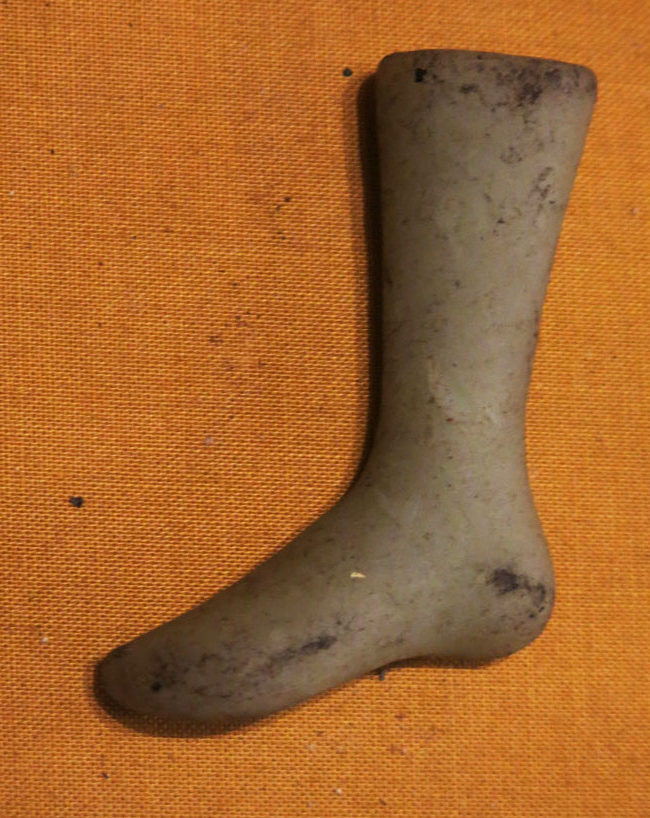
The unusual objects No. 7

Crank me up! The mechanical toys of the municipal museums of Anderlecht
During the time that the beguinage is closed for renovations, Erasmus House is shining a spotlight each month on an unusual object or set of objects from the municipal museum’s historical, archaeological, folk art, and religious collection. Here we show you three mechanicals toys originally from Germany.
1. Vielmetter clown
Nuremberg, Germany
Lithographed tinplate
ca. 1910
12 x 12 x 12,5 cm
Inv. BEG 6104
2. Violinist clown
Cranked automaton that mimes the movements of a violinist.
Nuremberg, Germany
Tinplate, lightweight felt
ca. 1930
12 x 7 x 5 cm
Inv. BEG 6103
3. Mouse with a beer stein
Cranked automaton that drinks from a beer stein.
Nuremberg, Germany
Felt, metal
ca. 1930
10 x 2,8 x 3 cm
Inv. BEG 6102
Even though automatons have existed since ancient times, such objects became fashionable with nobility and the wealthy in the Renaissance. In particular favour was the humanoid robot capable of walking and imagined by Leonardo da Vinci in 1495 that was designed to replace soldiers on the front. The manufacturing of automatons reached its apogee at the time of the Industrial Revolution, with mechanical toys at the forefront of this trend.
The history of mechanical toys
Static electricity made its grand entrée in the world of toys in the 17th century. Children watched with delight as piece of gold leaf moved on a metal dish held by a jumping jack. In the course of the 19th century animated toys became increasingly complex. The first one, the “L’Intrépide Bébé” (Fearless Baby) walking doll, was created by Jean Roullet and Ernest Descamps in Paris around 1865. Mechanical toys became increasingly diversified in the late 19th and early 20th century, the golden age of automatons, with specimens ranging from snake charmers to cows that gave milk. German toys flooded the market at the time because of their indisputable technological superiority and a fully mechanised production process that included the painting step, so that they could be produced on an assembly line. One-third of the toys on the Belgian and French markets at the turn of the 20th century thus came from Germany. The most highly reputed toy manufacturers were established in Nuremberg, and three of the items on display this month at Erasmus House come from this Bavarian city. A large number of mechanical toys reached our area, for post-war collectors saw in them low-priced, easy-to-store objects of value and countless people began collecting them.
The automatons of the Municipal Museums of Anderlecht
All of these objects date back to the first half of the 20th century.
The artist clown, also called the Vielmetter clown after its inventor, could do several different sketches – portraits of Louis XIV, Napoleon, Bismarck, and Queen Victoria; a cockatoo; “Merry Christmas”; and so on – thanks to interchangeable cams (small discs) that converted the concentric movements of the mechanism initiated by the crank into straight-line movements that directed the arm. The other German automatons are a violinist clown and a mouse with a beer stein that could take a few steps in parallel with the movements of their arms. These two items, which date back to the 1930s, come from the Schuco workshop, which was famous for its miniature cars and had been based in Nuremberg since 1912.
In the Erasmus House we show you three mechanicals toys originally from Germany.
Text
Meggy Chaidron
Acknowledgements
Zahava Seewald
Céline Bultreys
Anne Deckers







